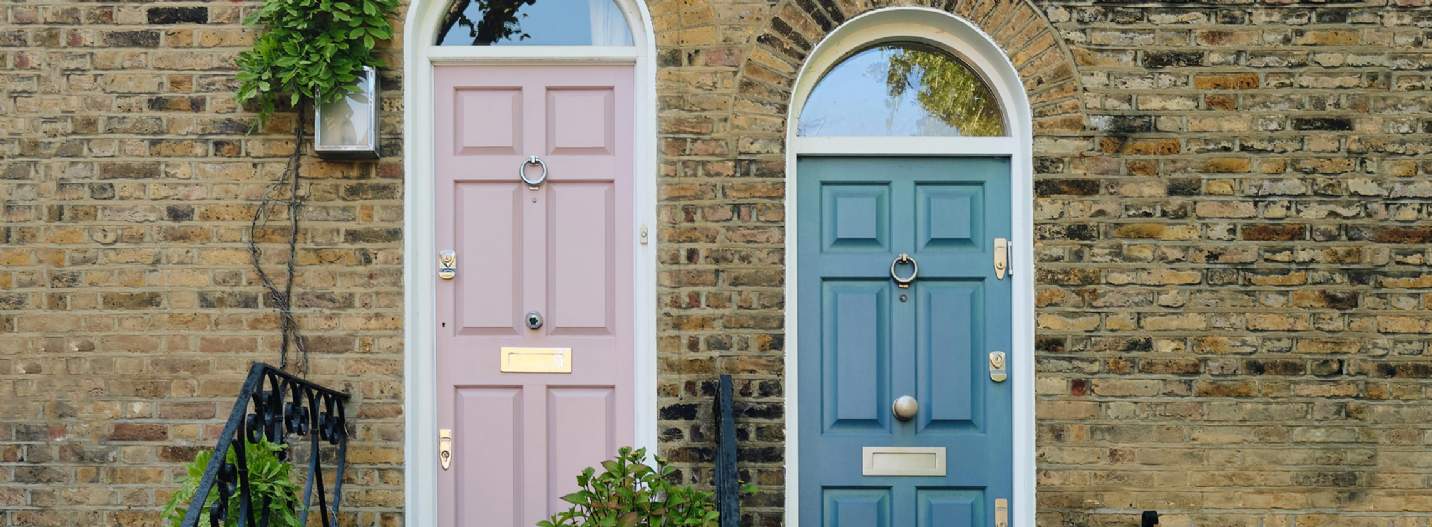Seasonality returns to London’s prime rental markets as growth dips marginally into negative territory for the first time since March 2021
Jessica Tomlinson, Associate, Savills Residential Research
Across London, the rents of prime residential property remained broadly flat over the final quarter of 2023, bringing to an end ten consecutive quarters of rental growth, during which time rental values rose by an average 23%.
As such, rents increased by 4.4% in 2023, less than half the increases recorded the year previous (10.8%). This, alongside an easing in the imbalance between supply and demand, marks the likely return to a more 'normal' seasonal rental market.
Geographically, only rents of prime properties in North West and West London continued to increase, up by 0.5% and 0.7% in the final three months of 2023. By contrast, in South West and central London, slower applicant numbers and an easing in stock constraints saw rents decline, down -0.4% and -0.5%, respectively, in the quarter.
Despite increasing pressure on tenants' affordability, a lack of available stock alongside continued demand from needs-based tenants has underpinned continued (if more muted) rental growth for smaller, lower-value properties in prime London’s more domestic markets. By contrast, rental values of larger properties in these markets have eased back.
Across outer prime London, properties below £500 per week, saw rents increase by 0.3% over the final quarter and 7.3% over 2023 as a whole. However, demand for properties over £3,000 per week has been much more subdued, with rents falling over the fourth quarter (-0.5%) and only increasing by 1.8% over the past year.
Given the more discretionary nature of demand, trends in prime central London have been a little more nuanced. Here, the most robust markets have been at the two ends of the market, with rental values moderating more in the mid-market.
With shortages of available rental stock easing, tenants have had more choice, meaning that the quality of accommodation has become more important.
Over the final quarter of 2023, prime London properties in immaculate condition fell only marginally (by -0.1%), while those in poor condition fell by 0.8%.
So, in central London, immaculate properties commanded an average rental premium of 31% over those in moderate or poor condition at the end of 2023. And, although the premium was slightly lower elsewhere, rental values of properties in immaculate condition still sat 23% above those in poor condition across outer London.
As such, going forward, it will be increasingly important for landlords to ensure properties are presented in top condition to maximise their rental potential, with refurbishments and upgrades more important than ever in achieving this goal.
Over the past few years the gap between landlords and tenants rental expectations has shifted significantly. Even though both tenant and landlord expectations have come down recently, there is still evidence of a significant gap.
42% of Savills London agents reported that landlords still expected rental increases at the end of December. Meanwhile, 67% reported that tenant’s rental expectations had fallen during the preceding three months.
We expect that gap to narrow in the coming months, but in the meantime, those landlords who are able to adjust to changing market conditions are likely to let properties more quickly and minimise void periods.
In December, the number of properties on Savills books that were available to rent in the capital was 20% higher than the same month in 2022. But, despite increasing over the past year, available rental stock still remained -19% below December 2019 levels. In comparison, new applicants were on par with the same month in 2022 but 16% higher than 2019.
As a result, applicants per available property across London fell to 2.5, but remained above the 1.8 recorded in December 2019. This easing in the imbalance between supply and demand provides a strong indication of the prospects for rental values in the short term.
With many tenants and corporate relocators pushed to the top end of their budgets and with wage growth set to slow, we also expect to see affordability pressures play a greater part in London’s prime rental market in 2024.
And so, while we expect rents to continue to increase over the next 12 months, we anticipate that to be at a much more subdued rate than we have seen over the past years, with the majority of the growth concentrated in the first half of the year.
Calculate the gross and net rental yields on a rented property with our rental yield calculator
For more information, please contact your nearest local office or arrange a market appraisal with one of our local experts.


